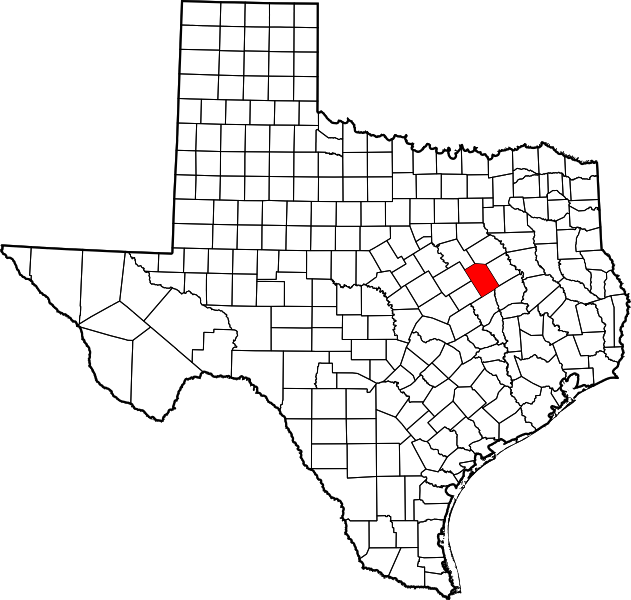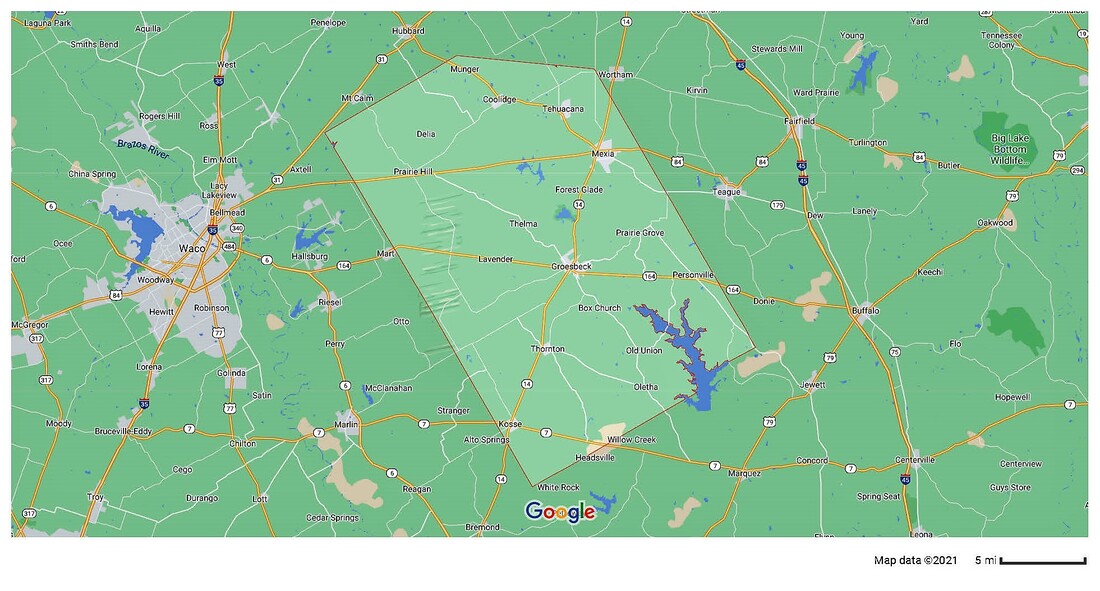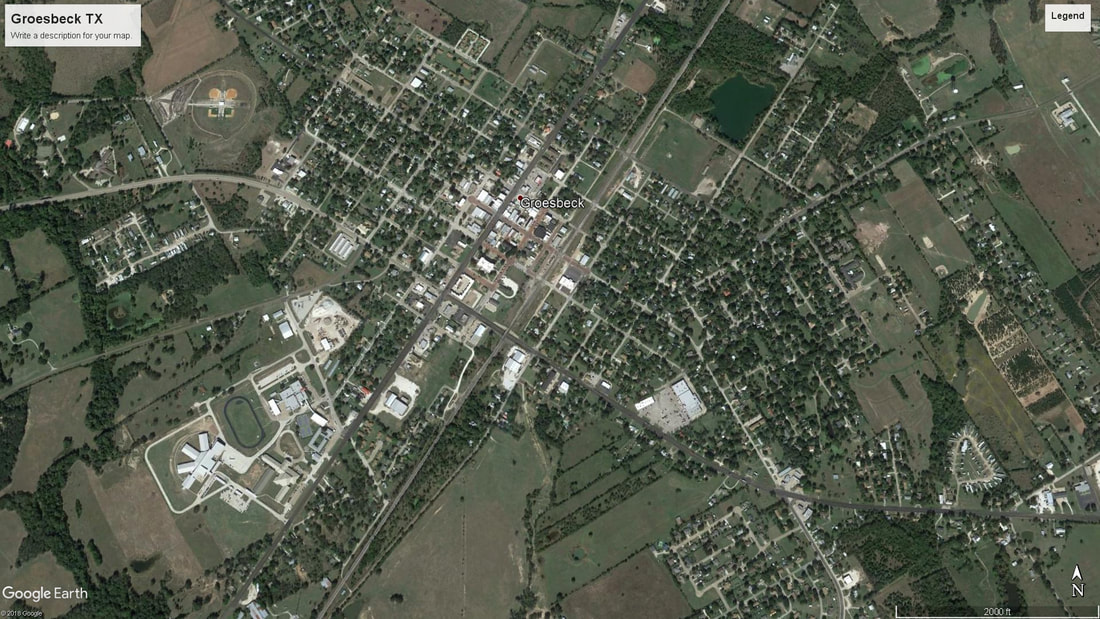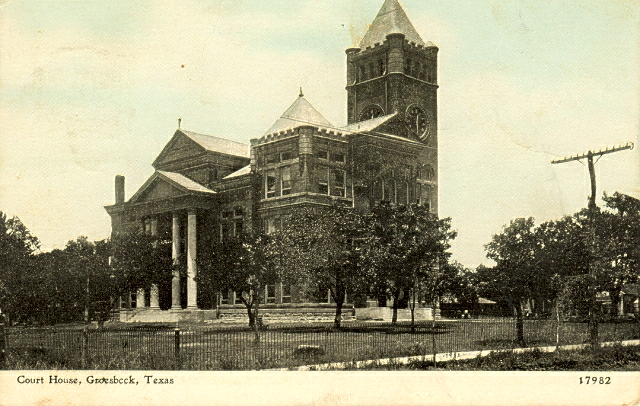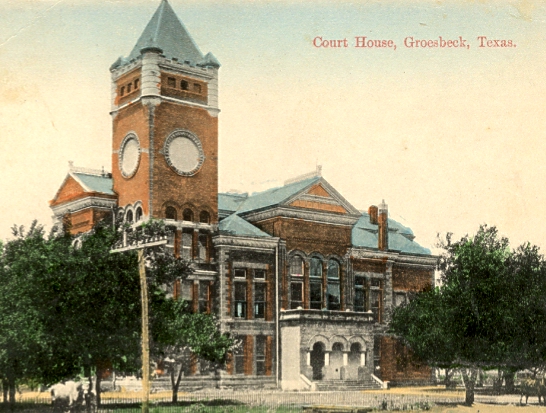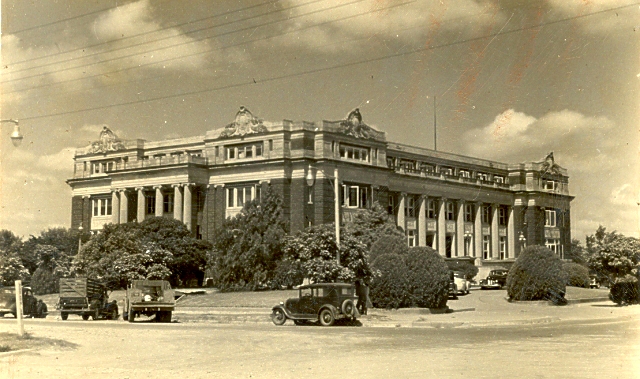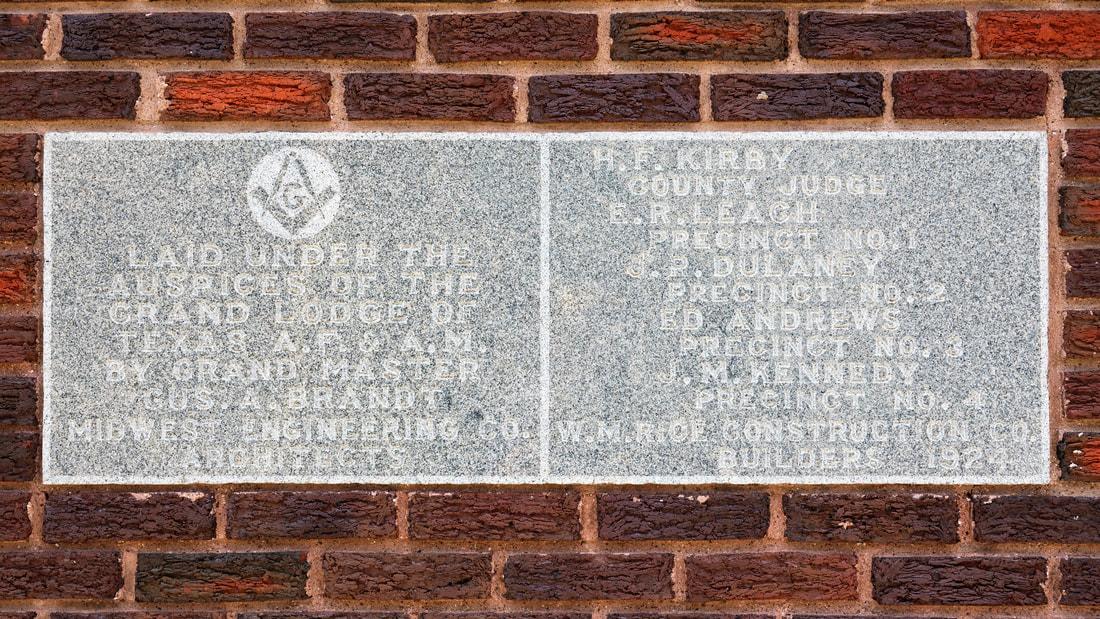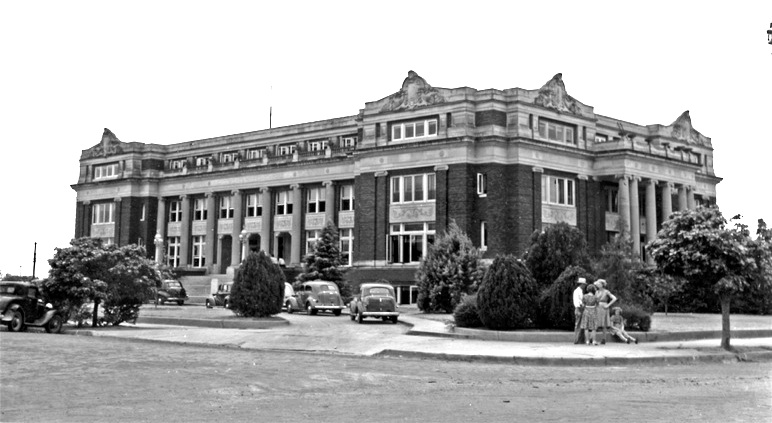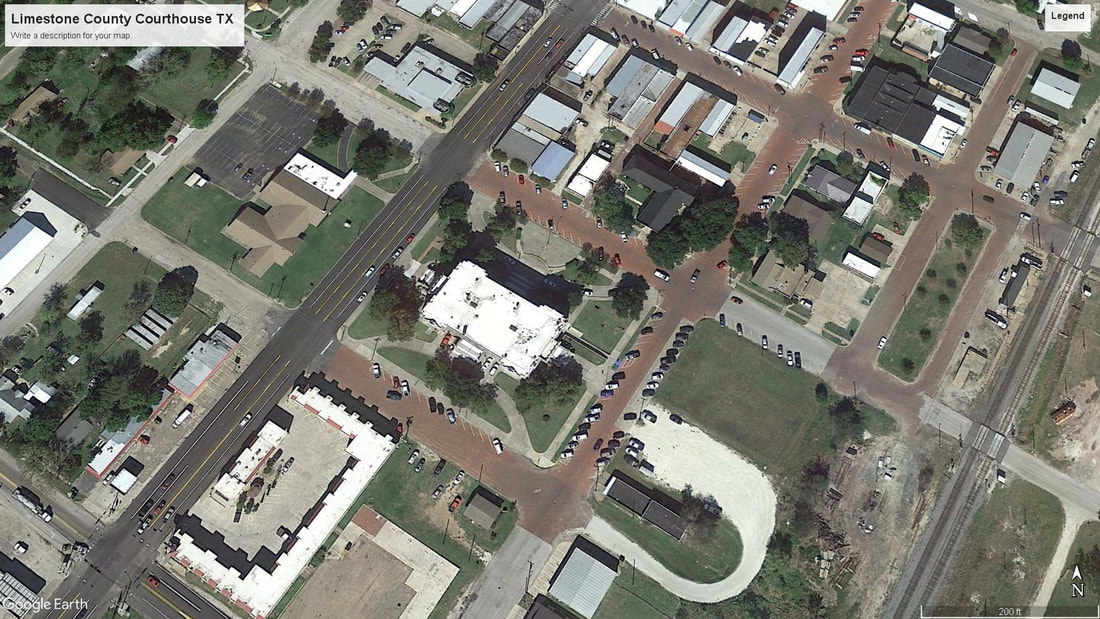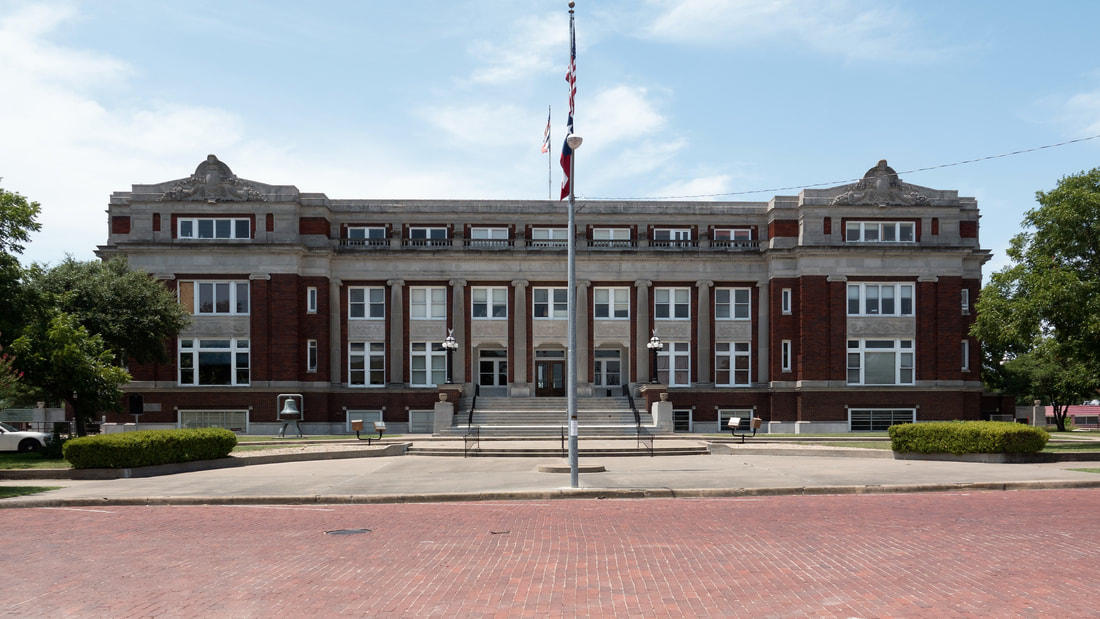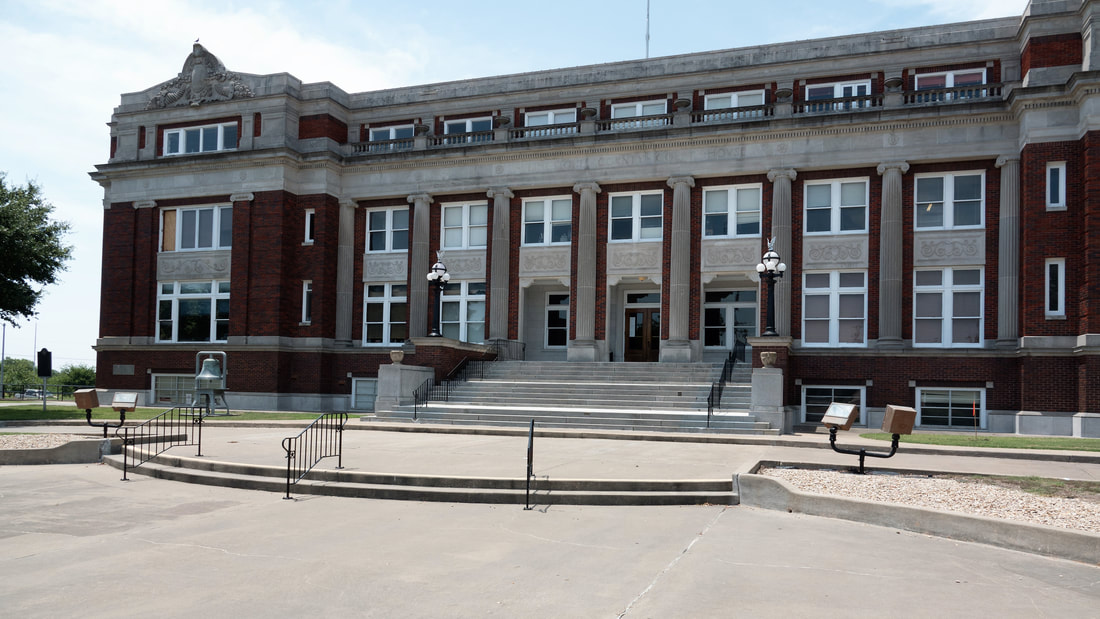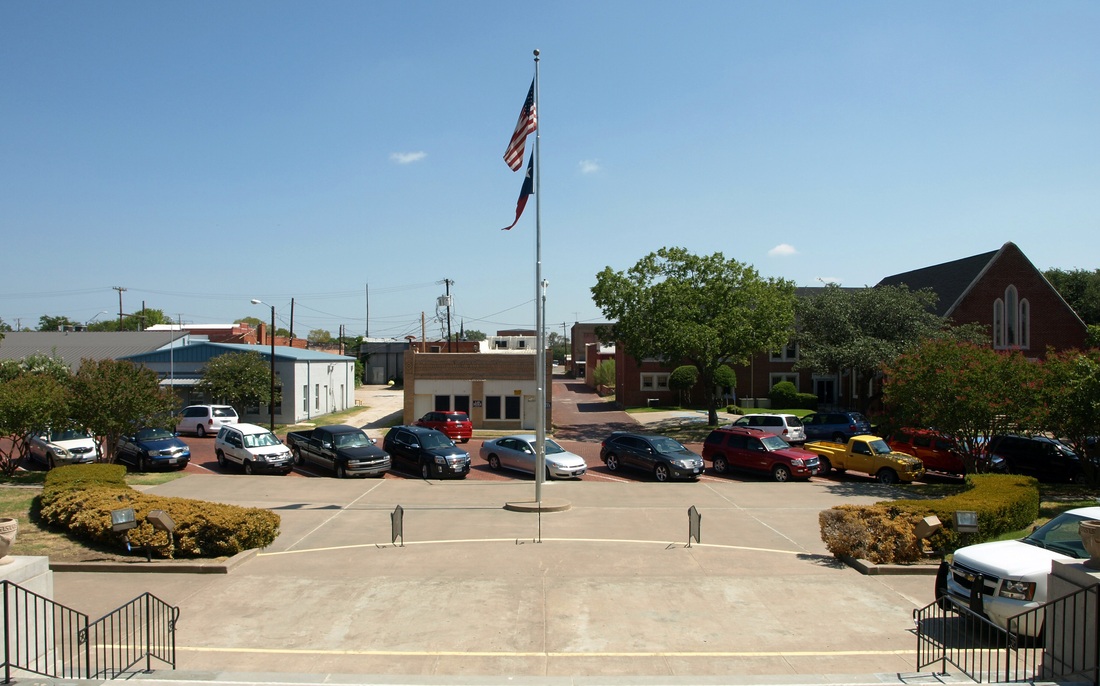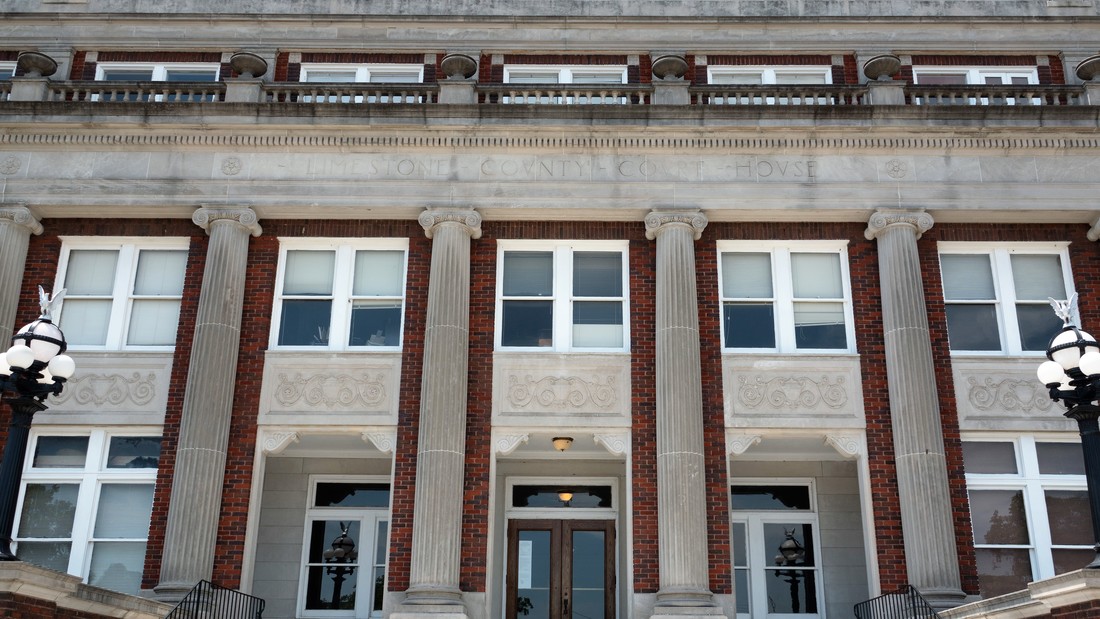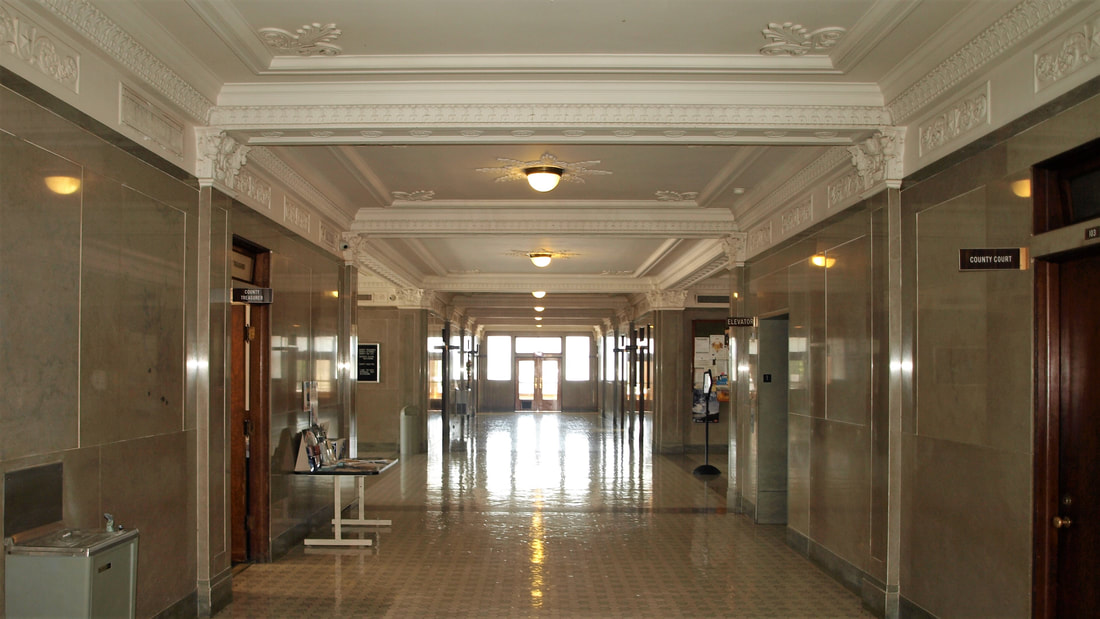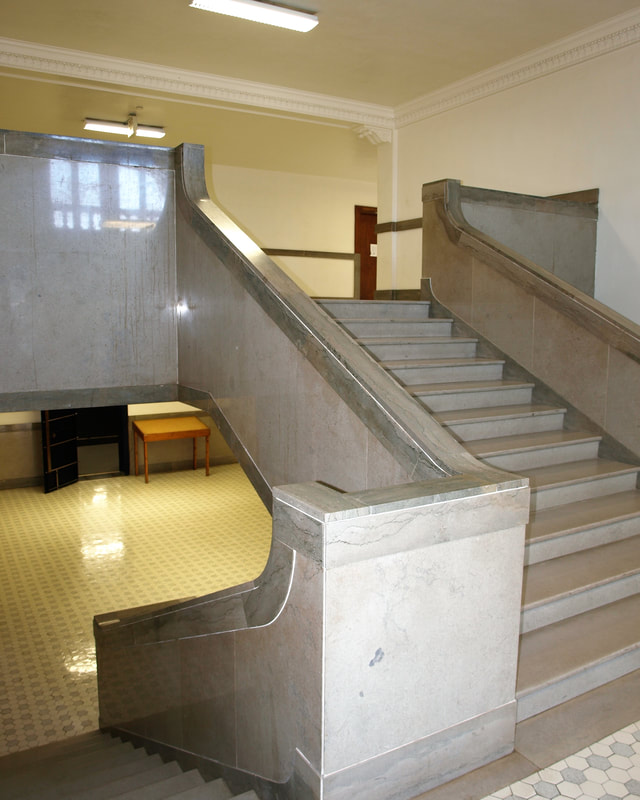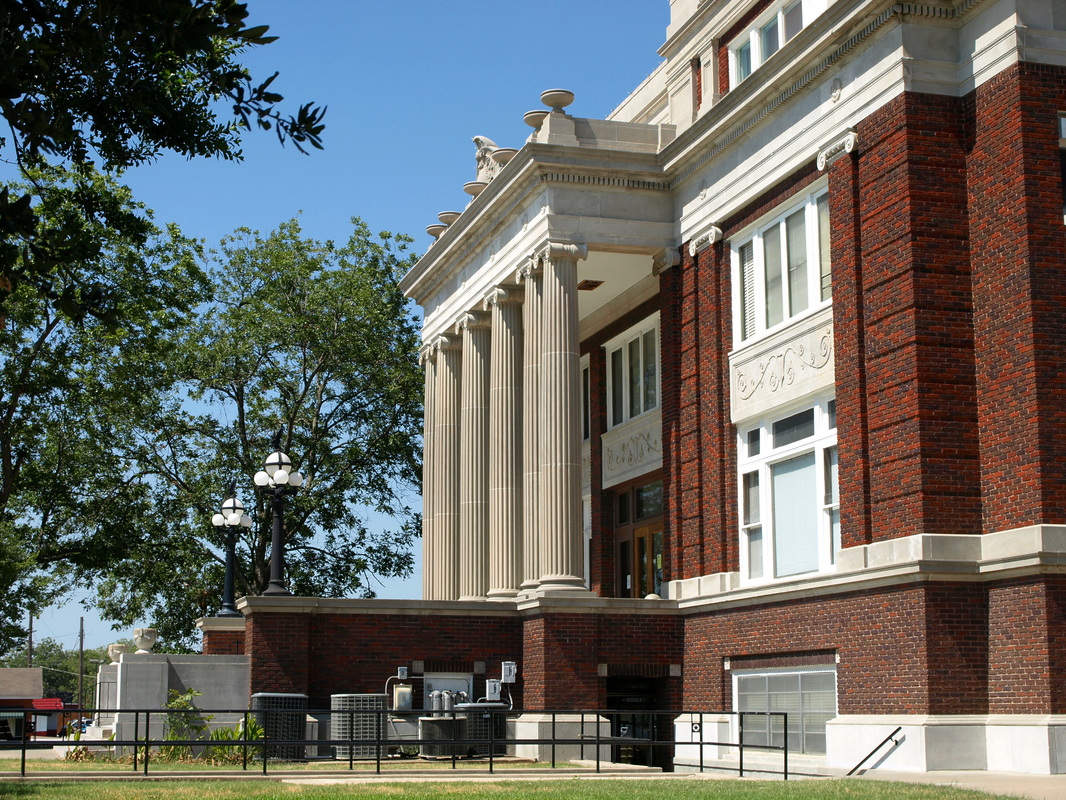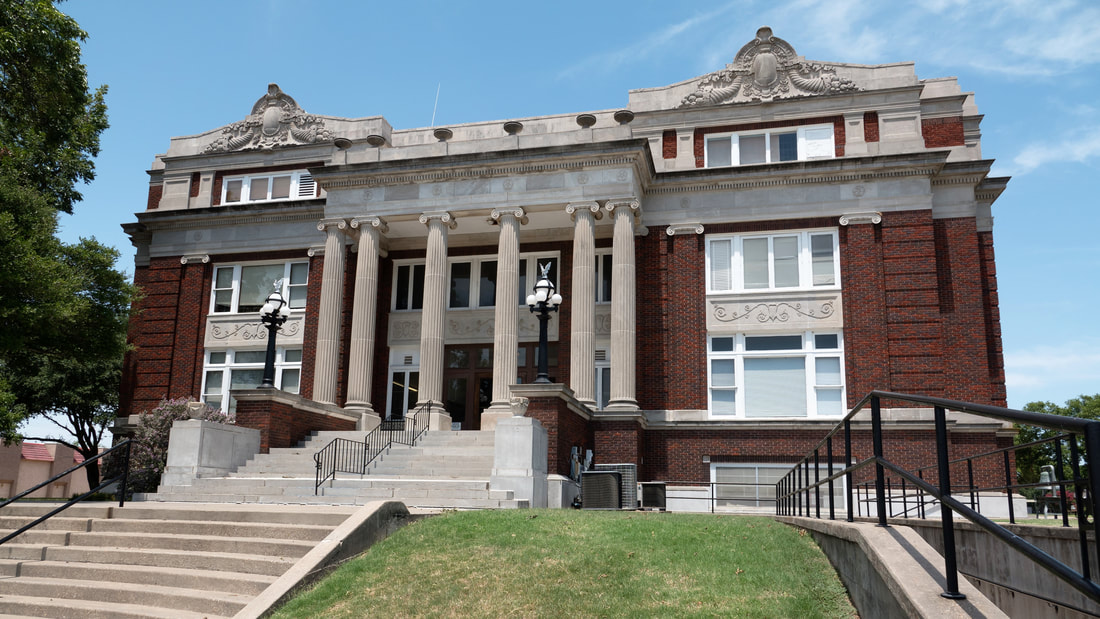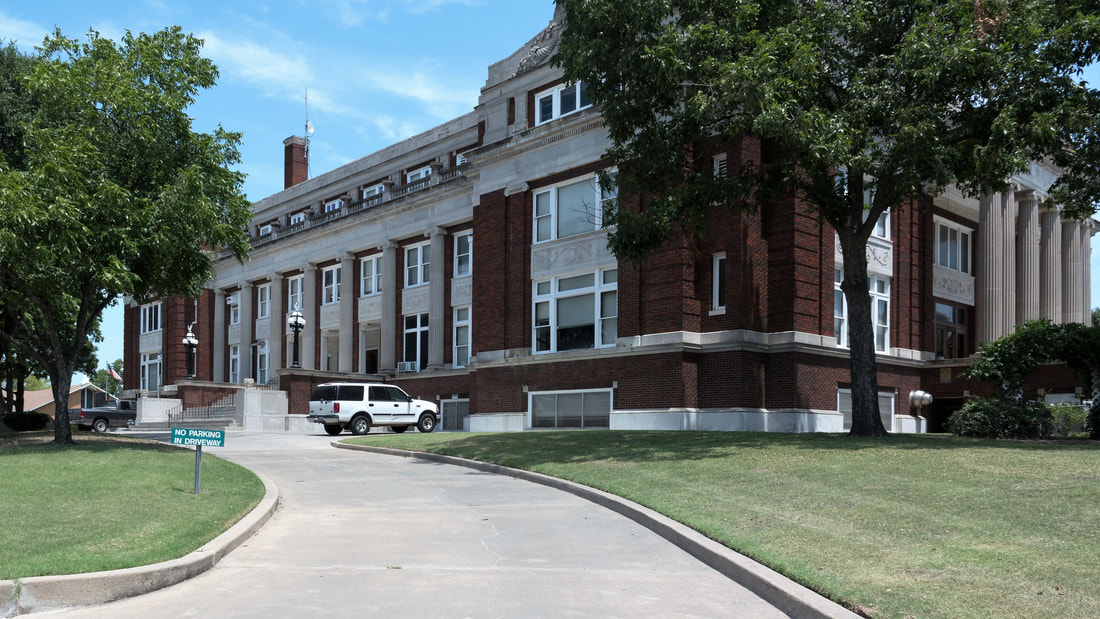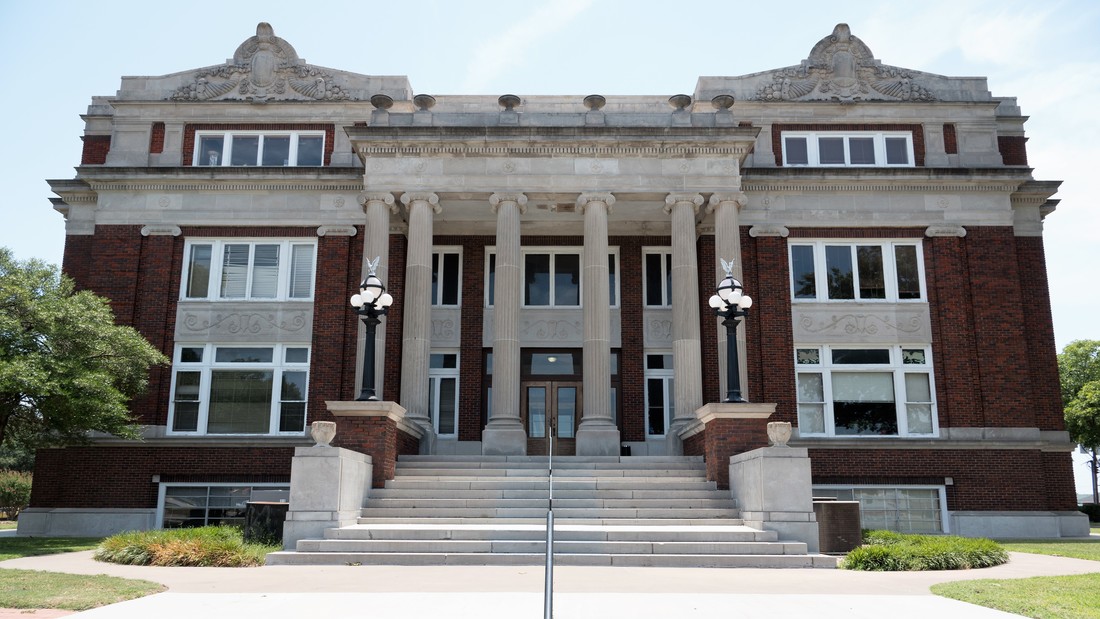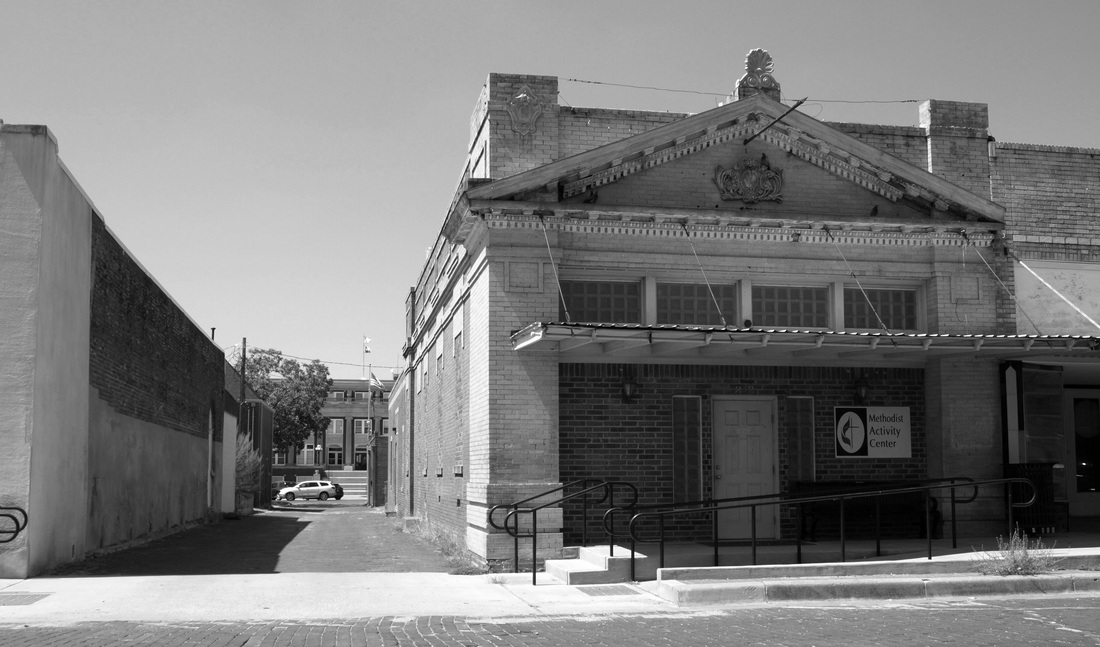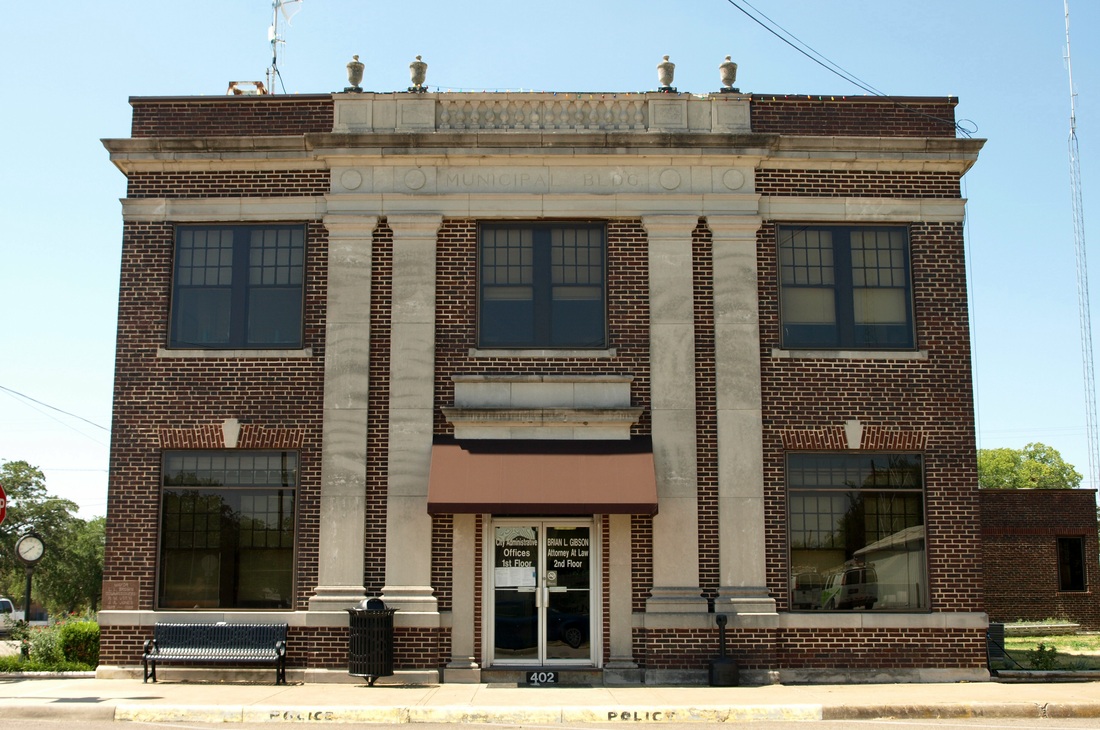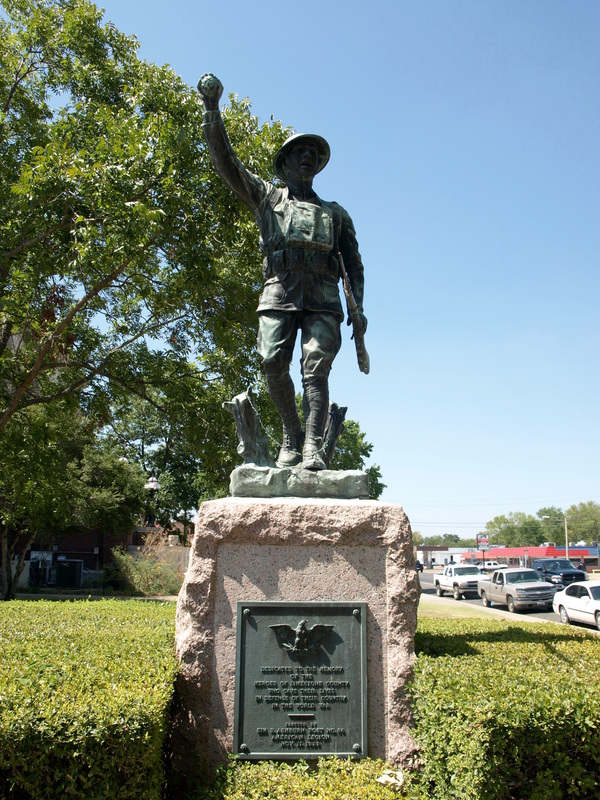108 of 254: Limestone County Courthouse, Groesbeck, Texas. County Population: 23,384
|
"Limestone County was part of the Haden Edwards and Robert Leftwich empresario grants made by the Coahuila and Texas legislature in 1825. This legislation began settlement of the area and the struggle between the government of Mexico and the American settlers for dominance.
"Fort Parker, near the Navasota River in what is now central Limestone County, was the earliest actual settlement in the vicinity. "On April 11, 1846, Limestone County was formed from Robertson County, and a week later Springfield was established as the county seat. This town had a population of 120 when it was incorporated in 1848. In 1873 however, when the courthouse burned and the Houston and Texas Central Railway bypassed the town, an election was ordered and Groesbeck became the county seat. The organization of the county was completed on August 18, 1846, ... "Limestone County originally included all the land between the Brazos and Trinity rivers on the east and west, and the land north of Robertson County to Navarro County. In 1848 part of northern and western Limestone County was taken to form McLennan and Falls counties, and in 1850 part of the eastern section was taken to form part of Freestone County. The bound-aries were changed to their present form on November 2, 1866." Ellen Maschino, "LIMESTONE COUNTY," Handbook of Texas Online I visited Limestone county and photographed the courthouse in Groesbeck on August 9, 2011 and on July 22, 2018.
|
Limestone County Courthouse 1924
The Round VIII Texas Historic Courthouse Preservation Program grant recipients were announced on April 30, 2014 by the Texas Historical Commission at its quarterly meeting. Limestone County: $41,103 grant award for repairs to all the main entrance stairs and damage to the balustrade at the roof of the building.
The Limestone County courthouse is home to one of the WWI memorial statues that I've found in Angelina and San Patricio counties as well. "Called the Spirit of the American Doughboy, the statue was copyrighted in 1920 and again in 1934. It sold for $1,000 from the Sencer, [Indiana] factory, plus the base. The sculptor, Ernest Moore Viquesney, was born in Spencer to French immigrant parents. Also sculptors, his parents settled in Spencer because the area's limestone gave them material for their stonecarving. He lived all his life in Spencer, minus a couple of years spent in Americus, Ga., making a Confederate soldier statue. ... In Spencer, he supervised factory productionsof his various sculpture molds. He published a newsletter about the statue that said several hundred of his memorials had been erected. "I do not urge the building of War Memorials to perpetuate WAR but to impress on American Youth the desirability of PEACE." http://www.emmitsburg.net/archive_list/articles/history/stories/doughboy.htm
